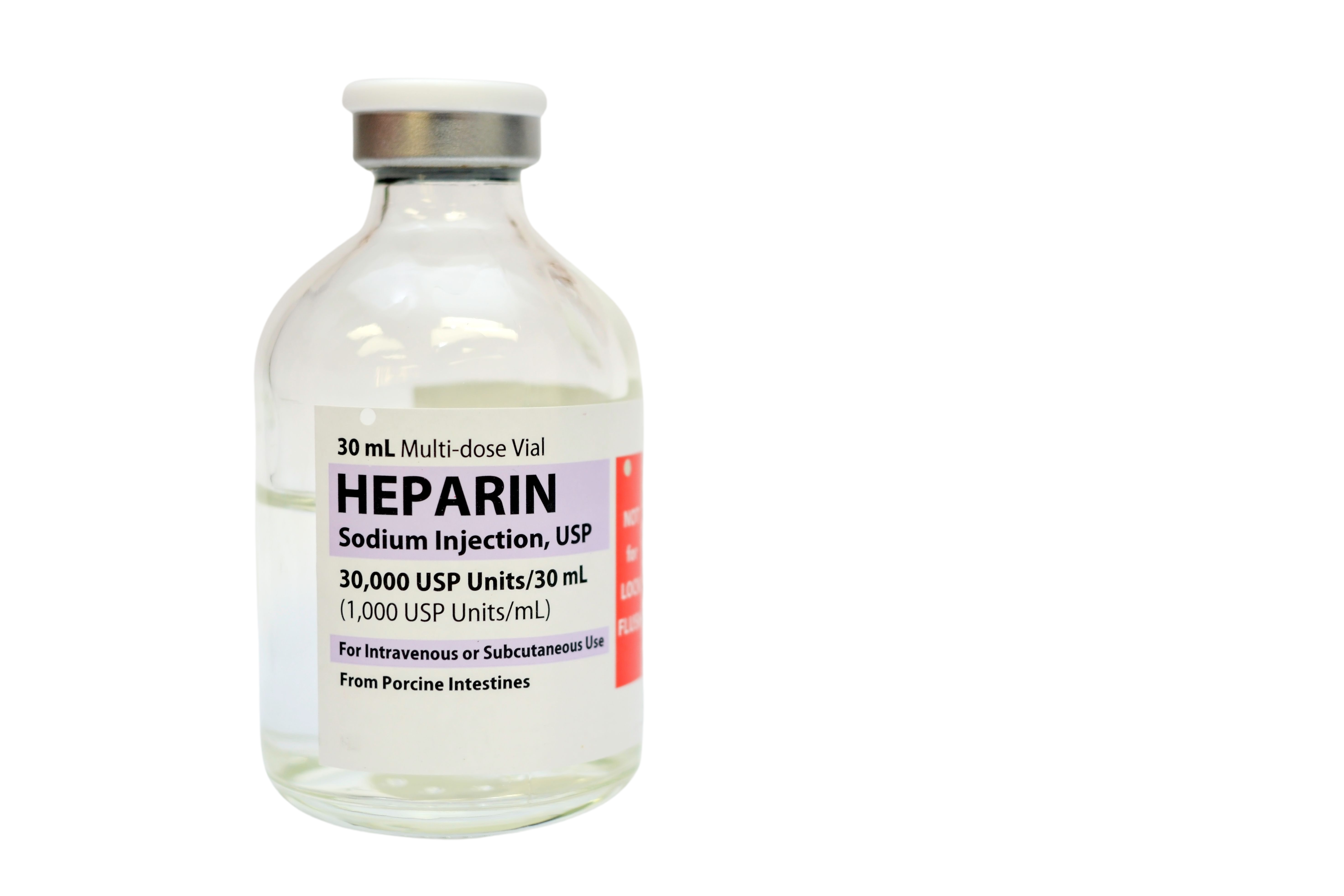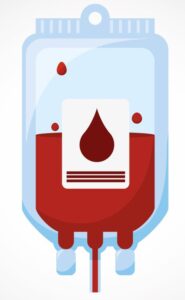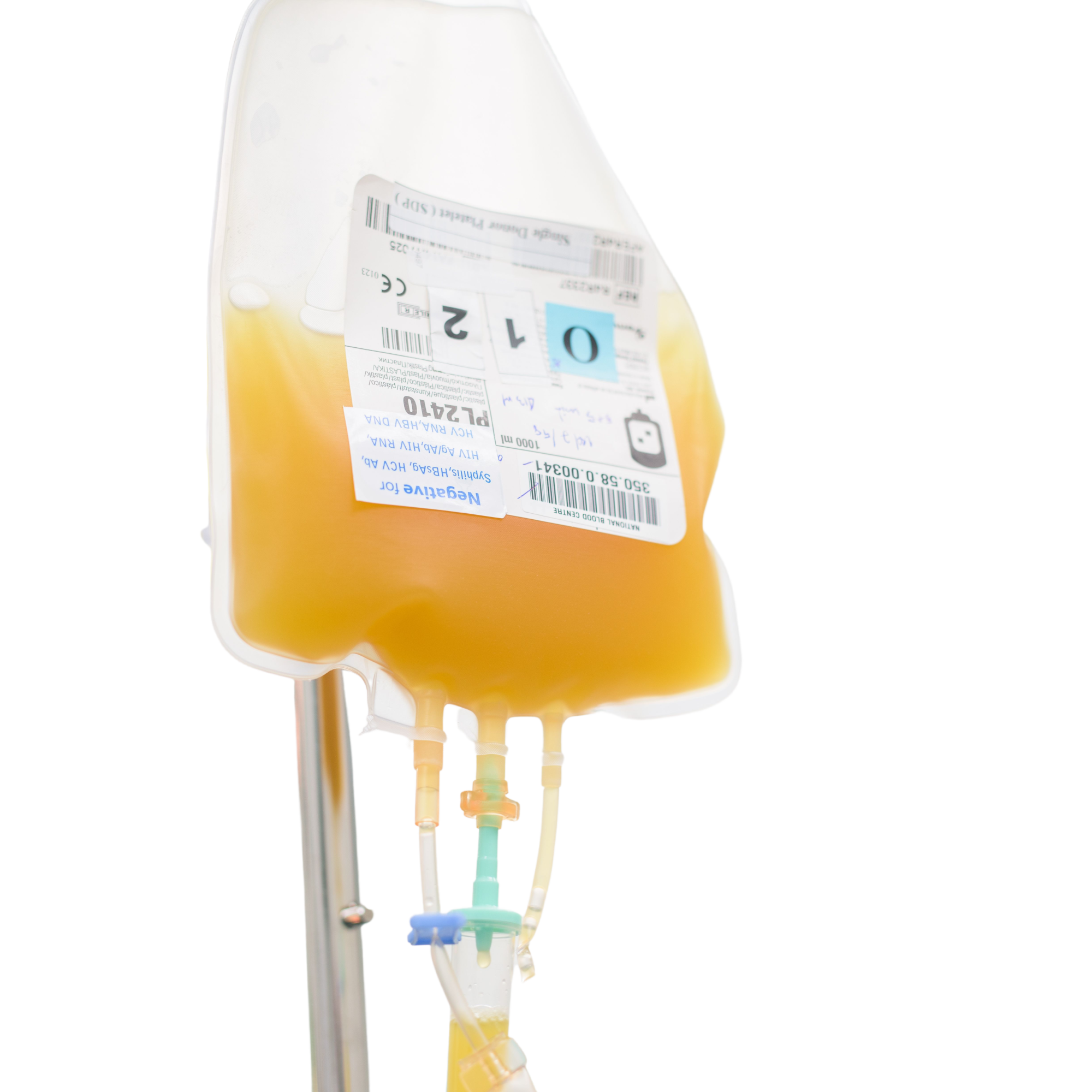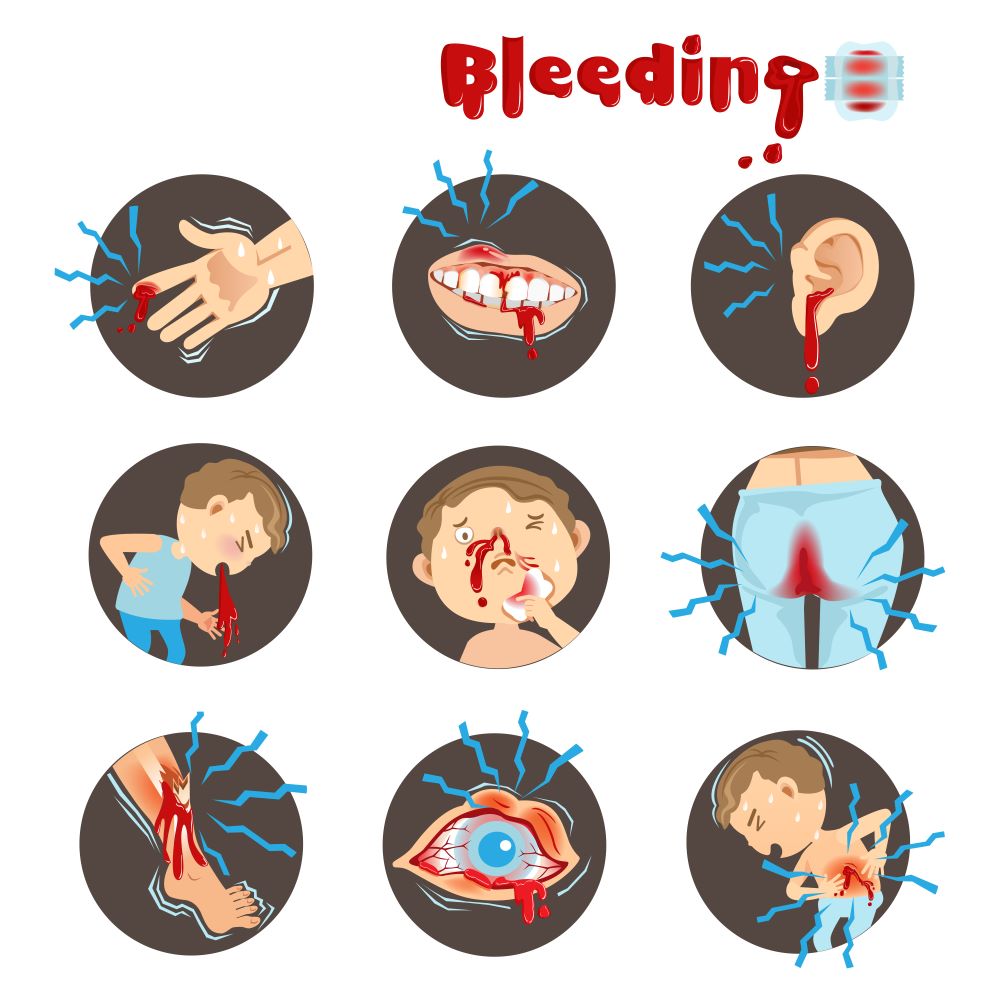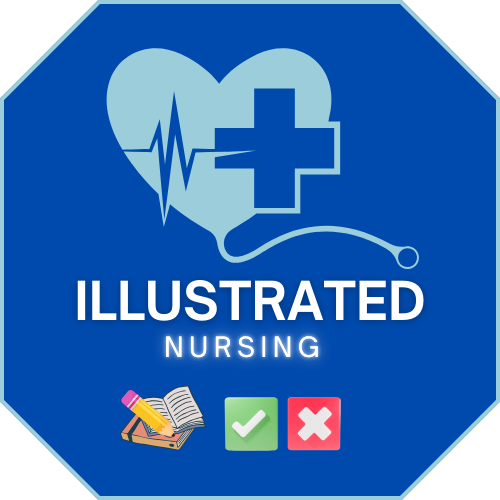DIC
/*! elementor – v3.12.1 – 02-04-2023 */
.elementor-widget-image{text-align:center}.elementor-widget-image a{display:inline-block}.elementor-widget-image a img[src$=”.svg”]{width:48px}.elementor-widget-image img{vertical-align:middle;display:inline-block} 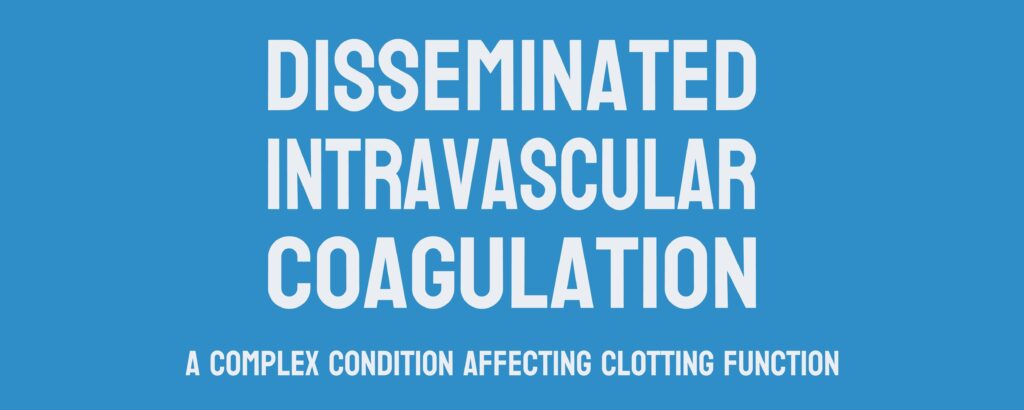
- Clotting and anti-clotting mechanisms occur at the same time
- small clots are using the clotting factors and other areas do not have any and bleeding occurs.
- Internal and external bleeding
- Microclots can lead to organ ischemia
- Life-threatening
/*! elementor – v3.12.1 – 02-04-2023 */
.elementor-heading-title{padding:0;margin:0;line-height:1}.elementor-widget-heading .elementor-heading-title[class*=elementor-size-]>a{color:inherit;font-size:inherit;line-height:inherit}.elementor-widget-heading .elementor-heading-title.elementor-size-small{font-size:15px}.elementor-widget-heading .elementor-heading-title.elementor-size-medium{font-size:19px}.elementor-widget-heading .elementor-heading-title.elementor-size-large{font-size:29px}.elementor-widget-heading .elementor-heading-title.elementor-size-xl{font-size:39px}.elementor-widget-heading .elementor-heading-title.elementor-size-xxl{font-size:59px}
Causes
- Sepsis
- Sepsis
- DIC due to sepsis is an emergency
- Hemorrhage
- Blood transfusions
- Pregnancy complications
- Tauma
- Shock
- Toxins
- allergic reactions and malignancy
Signs and symptoms
- Bleeding and clotting
- Bleeding
- petechiae, hematuria, melena, nose bleeds
- Clotting: stroke, MI, DVT, PE
- shortness of breath
- Tachycardia
- Organ damage: kidneys, bowel
- A very sick client
Management
- Monitor labs: ⇓ platelets and ⇓ fibrinogen, ⇑ PT/PTT, D-Dimer
- D-Dimer tells us that a clot is present somewhere in the body.
- Treat cause
- Transfusion: RBCs, Fresh frozen plasma, platelets
- Cryoprecipitate: replaces fibrinogen and factors V and VII
- Vasopressors to increase organ perfusion
- Heparin to stop clotting
- Best management is prevention.
